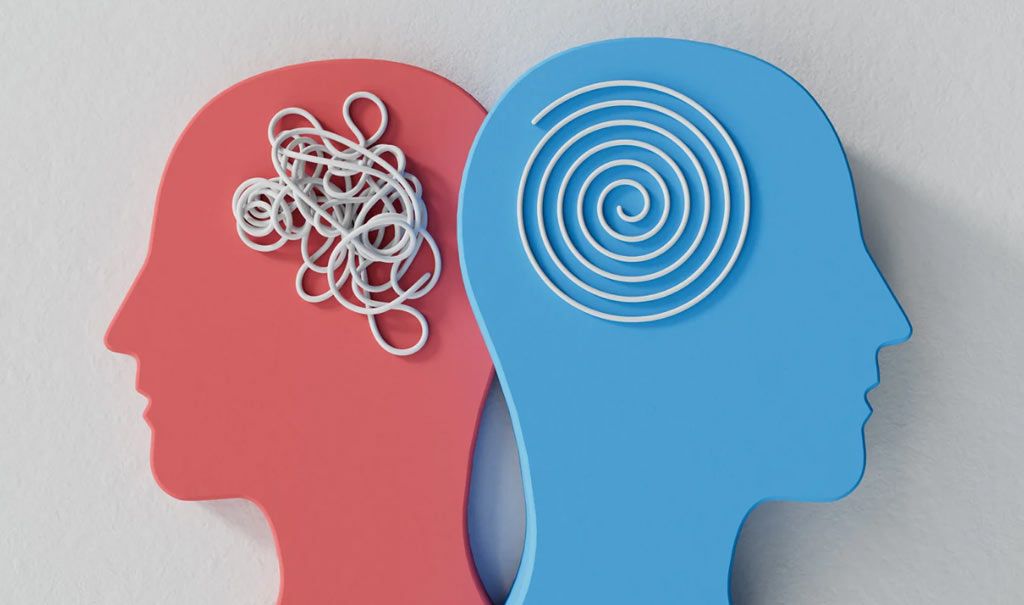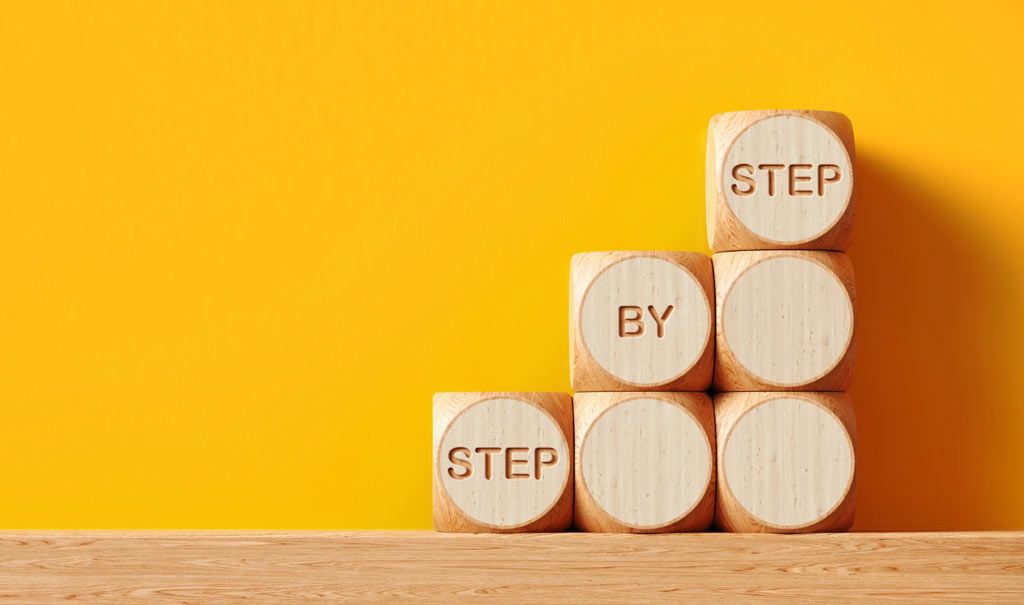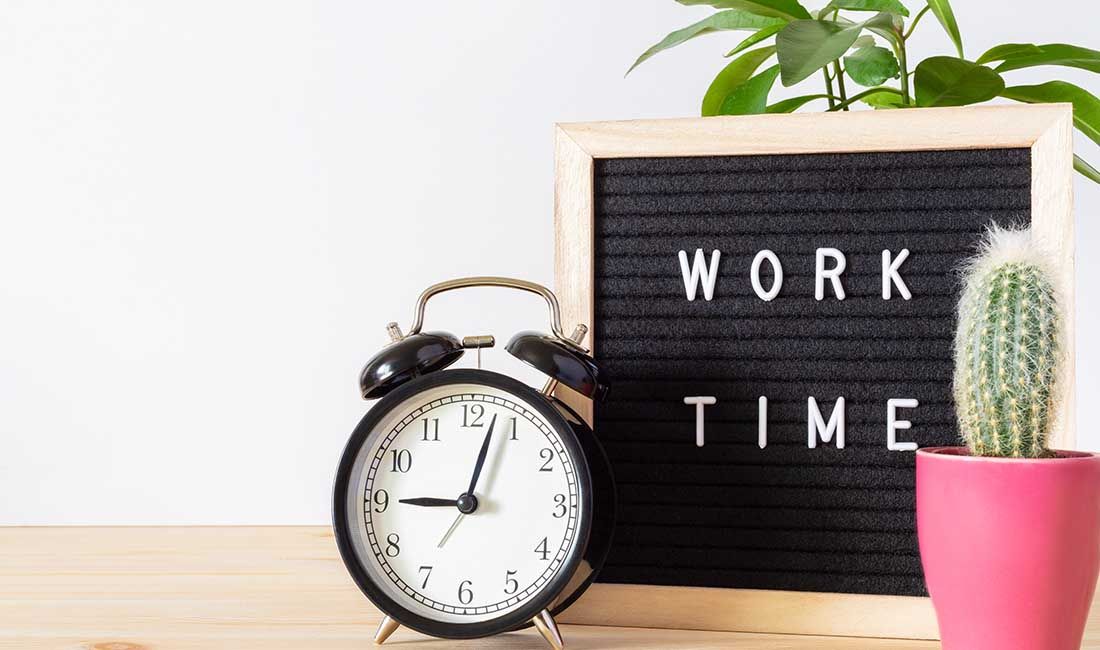Voting at 16: Not Before We Fix the System

| W.E.U Admin | Personal Development & Support
TAGS: Inequality, Politics, Voting, Youth
The idea of lowering the voting age to 16 has been gaining traction in recent years, especially among those who argue that young people should have a say in shaping their future. While this instinct may come from a good place, it’s worth asking whether our current democratic system is in any shape to extend the franchise further and whether it is fair to ask 16-year-olds to take part in a system that doesn’t even work properly for most adults. Do you believe the political system is working well?
The Case in Favour
Supporters of votes at 16 often point out that young people can join the armed forces, pay taxes, and start work at that age, so why not vote? They argue that earlier engagement could create a lifelong habit of political participation and increase youth turnout over time.
There is also the belief that young people are already politically aware—driven by the climate crisis, housing insecurity, and growing inequality. They should be heard.
16-Year-Olds: A Closer Look
The experience in Scotland is often cited by campaigners. Since the voting age was lowered to 16 for the 2014 Scottish independence referendum and subsequent Scottish Parliament and local elections, turnout among 16- and 17-year-olds has been relatively high compared to older young voters.
Many showed a keen interest in political issues, particularly around independence and social justice. That initially presents as a good argument.
The Reality on the Ground
At 16, most young people have only experienced the school system. They haven’t yet faced the world of work, financial independence, or housing—factors that dramatically shape political understanding.
College education, with its broader exposure to political, economic, and social issues, often acts as the first real encounter with complex, competing perspectives. That shift in awareness tends to happen after 16.
What is more, schools are not neutral spaces when it comes to politics. While many educators work hard to present balanced views, the curriculum is narrow and often avoids truly critical engagement with how power works in society.
A 16-year-old’s political knowledge is mostly what they’ve been told, not what they’ve lived. When you’re struggling to pay rent, your view changes; when you’re earning well, it changes again.
A Broken System
Voter turnout across the UK has been falling for decades, particularly among working-class communities. In the 2019 general election, over 14 million eligible voters stayed home—roughly a third of the electorate. In local elections, turnout often falls below 35%, meaning more than 65% did not vote.
People don’t stay home because they’re lazy. They stay home because they see no real difference between political parties, no reason to believe that voting will change anything, and no confidence in politicians who promise much but deliver little. Lowering the voting age is surely just a distraction by certain parties looking to gain an edge, not fix the system.
Look at the Postal Vote Scandal
Our electoral process is barely trusted now. Trade union members who’ve tried to vote by post have faced lost ballots, delayed forms, or just silence. Many never even received the paperwork. It’s not a glitch—it’s disenfranchisement. Worse, some households report far more postal votes than people living at the address.
When adult workers, juggling shifts, childcare, and zero-hours jobs, can’t reliably vote, how is expanding the franchise going to fix anything? It won’t. It just adds more people to a broken process.
Anger, Not Apathy
Turnout is falling because working people feel nothing changes. In 2019, over 14 million people didn’t vote, and they weren’t all young or disengaged. Many were just fed up with being promised the earth and getting dust.
That’s not apathy. That’s anger. Offering votes to younger people without changing the system is just asking them to get angry earlier.
A Better Approach: Compulsory Voting with Real Choices
If we are serious about democracy, we should start by making voting compulsory, with a “None of the Above” option on every ballot. This would boost turnout and shine a harsh light on how many people reject the current political choices.
It would force the system to confront its own legitimacy crisis. Only once we have rebuilt trust—by giving people real choices and making elections matter again—should we look at extending the franchise. Otherwise, we’re just asking 16-year-olds to enter a broken system that’s already failing the rest of us.
Conclusion
Votes at 16 might sound progressive, but without deeper democratic reform, it’s a cosmetic fix. Before we ask teenagers to shoulder the responsibility of voting, we need to give them—and all of us—a system worth voting in.
Unlike the mass movements that forced historic voting reforms—from the Chartists to the Suffragettes—today’s campaign lacks the scale, urgency, and grassroots pressure that drive real change. Without a broad-based demand from 16-year-olds themselves, it’s reasonable to question whether this change is being driven by those most affected or by others seeking to shape the electorate for their own purposes.
The Workers of England Union knows how rigged the current system is. From postal voting failures to politicians ignoring workers’ voices, the problem isn’t the voting age—it’s the political class and the hollowed-out process they defend. Let’s not drag 16-year-olds into a clearly broken system. Let’s fix the process first, then talk about who gets to use it.
workersofengland.co.uk | Independent Workers Trade Union
This Article is Tagged under:
Inequality, Politics, Voting, Youth
Share Article
Most Popular Articles
Related Information Items
-

Why Treating Employees as Individuals Is Good for Business
| W.E.U Admin | Personal Development & Support

















